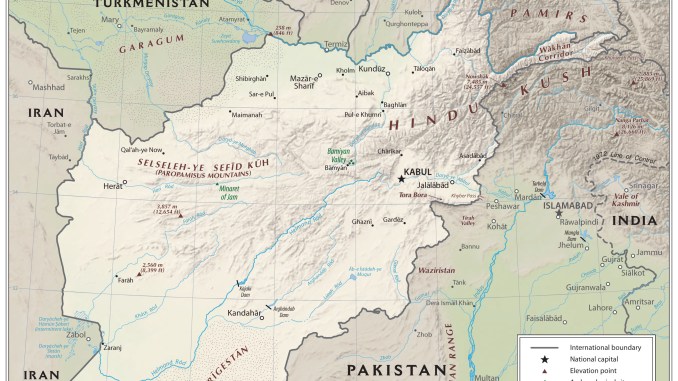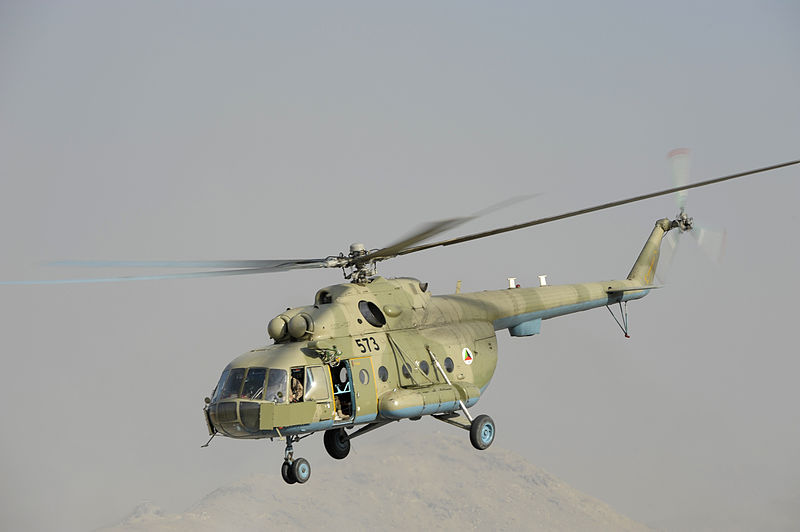
Afghan security is fleeting. The past two years the Afghan National Defense and Security Forces (ANDSF) have taken some significant loses. Casualties are at an all-time high and the desertion rate is astronomical. The Taliban are enjoying tactical successes on the battlefield and embarrassing the government forces in many areas of the country. This short article provides a sampling of articles on a variety of topics about Afghanistan that have been published over the past several weeks.
Non-Functioning Government. One source of the insurgent support is a government that fails to govern or provide services at the local level (district and below). In addition, the inept, inefficient, and corrupt government and its security ministries continues to hamper the ability of the army and police to provide for its soldiers and police who are doing the fighting out in the field. Part of the problem is the long-reign of President Hamid Karzai. Read more in “Turning Afghanistan into a more modern state”, St. Louis Post-Dispatch, November 13, 2016.

No More Russian Choppers for Kabul? According to one news report the Pentagon has notified Congress that it will no longer provide Russian made helicopters to the Afghan Air Force (AAF). The Department of Defense will likely provide Afghanistan with helicopters manufactured by Sikorsky. The Blackhawks will be more complicated to maintain and are require more training to learn to fly. The Russian helicopters are cheaper, easier to maintain, and better suited for the harsh and mountainous terrain of Afghanistan. So while this shift from Russian to U.S. made helicopters satisfies the political agenda of conservatives, gives U.S. aviators who are training the Afghans a chopper they are comfortable with, and rewards the bank accounts of U.S. defense firms – it probably is not in the best interests of Afghan security. Read more in “Pentagon Plans to Stop Buying Russian Helicopters for Afghanistan”, Radio Free Europe, November 19, 2016.
Video – MAAS in Action at Bagram. The Mobile Aircraft Arresting System (MAAS) is used by the 455th Expeditionary Civil Engineer Squadron to catch the arresting hook on fighter aircraft in case of a malfunction upon landing or take off. Watch a video of the MAAS in action in Afghanistan.
www.dvidshub.net/video/493759/keeping-pilots-and-aircraft-safe
Choosing Violence by Afghan Islamist Groups. A paper published by the United States Institute of Peace (USIP) explores what causes nonviolent groups to turn into violent organizations – and what leads organized violent groups to shun violence. This paper explores the strategic choices Islamist groups in Afghanistan have made and make in using violence to contest government authority and threaten Afghan security. Read Islamist Groups in Afghanistan and the Strategic Choice of Violence, USIP, November 14, 2016.
ISIS Not Finished in Afghanistan. The Islamic State in Afghanistan had a good start about a year ago but since has fallen on hard times. It still remains as a force in the eastern part of Afghanistan (Nangarhar, Kunduz, etc.). Read more in “ISIS in Afghanistan: Their peak is over, but they are not finished”, The Guardian, November 18, 2016.
Afghans to be Repatriated by Germany. About 1/4 million refugees (migrants, benefit tourists, etc.) from Afghanistan have found their way to Germany. However, some 5% (about 12,000) of these Afghans will be repatriated to Afghanistan in the future. Their asylum applications have been rejected by Germany. Read more in “Germany to repatriate about 12,000 Afghans”, Deutsche Welle, November 17, 2016.
Afghan Local Police. The Ministry of Interior (MoI) is continuing its efforts to convince the United States to increase the funding of the Afghan Local Police or ALP from 30,000 to 40,000. The ALP was started as part of the Village Stability Operations (VSO) program in 2011.
CERP – Was It an Effective Program? The RAND Corporation has published a paper that explores the use of the Commander’s Emergency Response Program (CERP) in Afghanistan. It explores the effectiveness of CERP in supporting tactical operations during the counterinsurgency campaign from 2010-2013. Read Investing in the Fight, RAND, November 2016.
www.rand.org/pubs/research_reports/RR1508.html